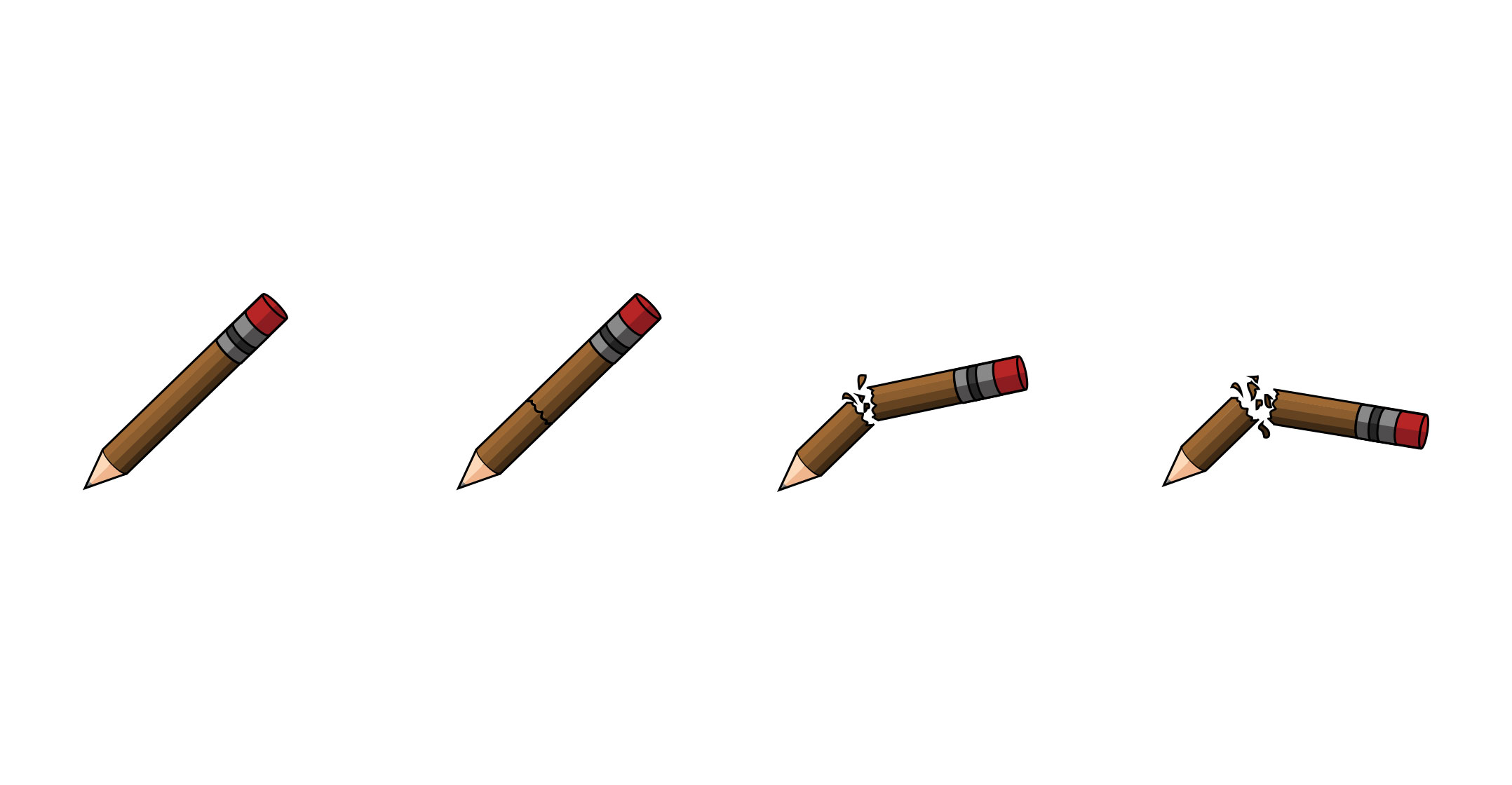 Although South Africa has established a good foundation in research and development, the continued poor performance in the Trends in International Mathematics and Science Study (TIMSS) remains the number one hindrance to innovation.
Although South Africa has established a good foundation in research and development, the continued poor performance in the Trends in International Mathematics and Science Study (TIMSS) remains the number one hindrance to innovation.
This is according to the latest South African Science, Technology and Innovation Indicators Report, which was launched during a webinar on Thursday.
The report, commissioned by the National Advisory Council on Innovation (NACI), outlines South Africa’s performance in various areas linked to science, technology and innovation, all of which have a significant impact on the economy.
Other indicators covered by the report include business sector investment in research and development in South Africa, venture capital investment, and the output of high- and medium-technology manufacturing compared to previous years.
The NACI’s chairman, Shadrack Moephuli, acknowledged that the national system of innovation has various challenges that persist despite several interventions both from government and the private sector.
Nothing to celebrate
“For example, according to the 2019 TIMSS, the country’s average scores are below the minimum benchmark level of 400 for both mathematics and science in grade 5… That’s not something to celebrate,” Moephuli said.
He said the pass rate declined for all the science technology, engineering and mathematics-related subjects except for mathematical literacy. This is because there was a slight increase in the percentage of pupils passing with 30% or more, from 80.6% in 2019 to 88% in 2020.
“The NACI is looking into it. We have now started the study. We hope that what we’ve concluded this particular study about these particular challenges will be able to provide some views or expressed some observations and findings and recommendations about these particularly persistent problems in our system.”
 Meanwhile, the report has put the spotlight on manufacturing, which saw a small increase of about 4.6% in the output of high and medium technology manufacturing in 2019, when compared to the previous year.
Meanwhile, the report has put the spotlight on manufacturing, which saw a small increase of about 4.6% in the output of high and medium technology manufacturing in 2019, when compared to the previous year.
“However, the share of high- and medium-technology manufacturing in total manufacturing was marginally lower in 2019, which was 29.36% than in 2009 at 26.95%.”
When compared to the previous year, the value of South Africa’s high-technology exports declined by 10% In addition, service exports similarly weakened and were almost 8% lower than in 2018. “The share of overall manufacturing employment for medium- and high-technology sectors rose from 28.5% to 32.5%.”
While it is looking positive, Moephuli said it was worrisome especially in light of the pandemic. “We hope that this particular report will serve as a resource to policymakers, researchers, civil society, investors, the private sector, students and everyone in and outside the national system of innovation.”




